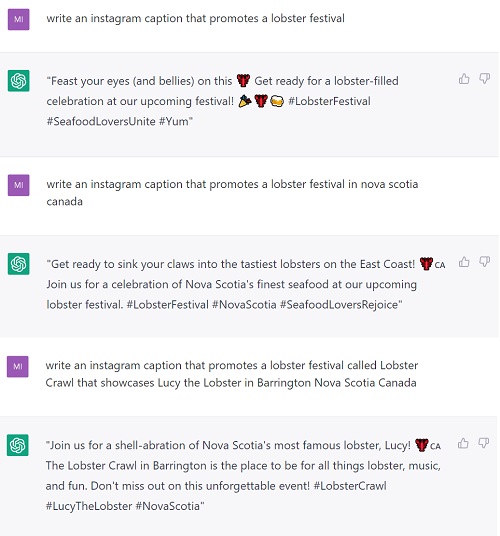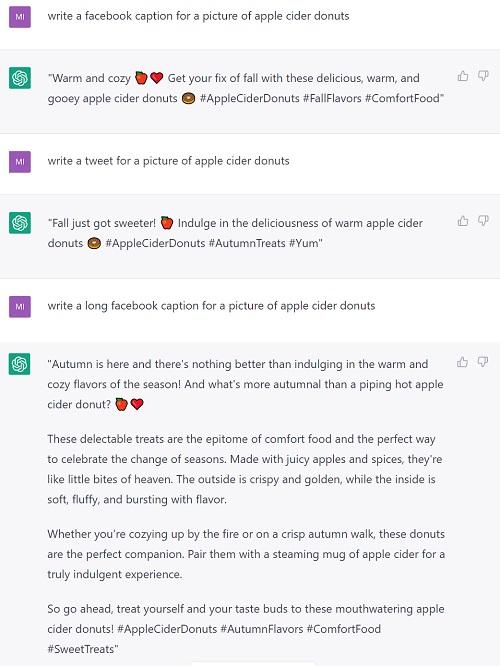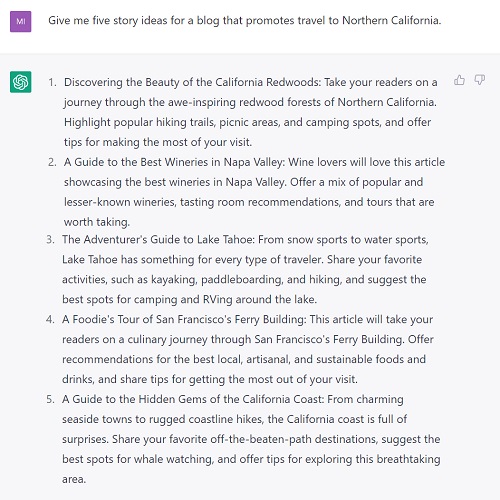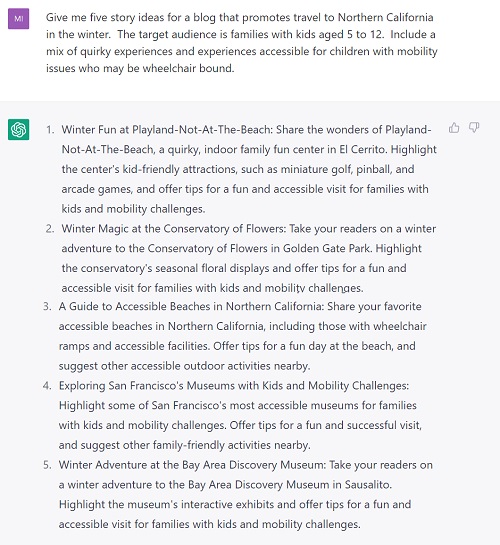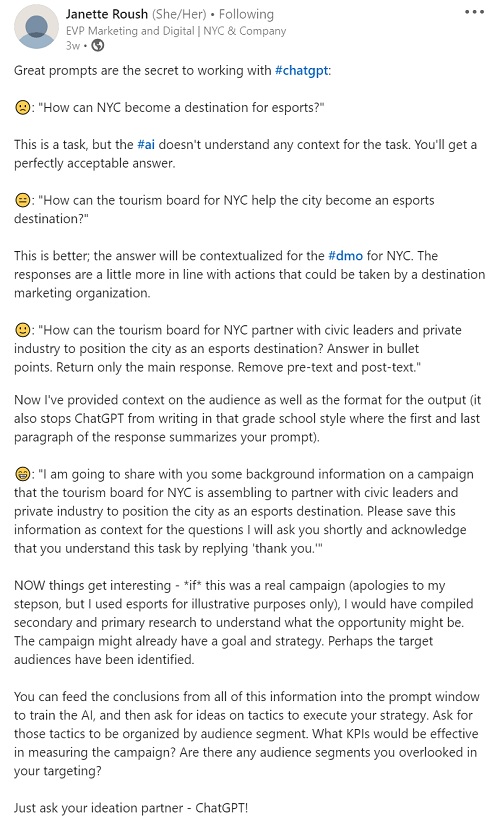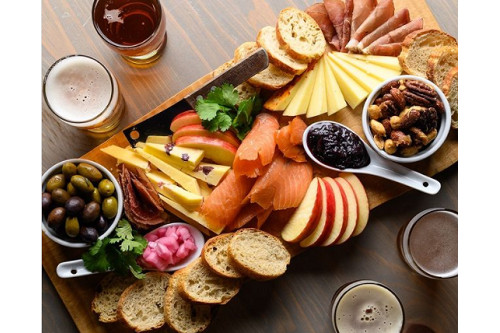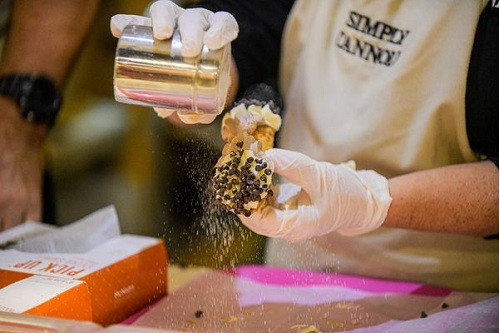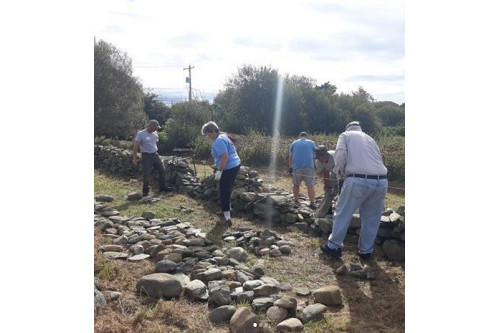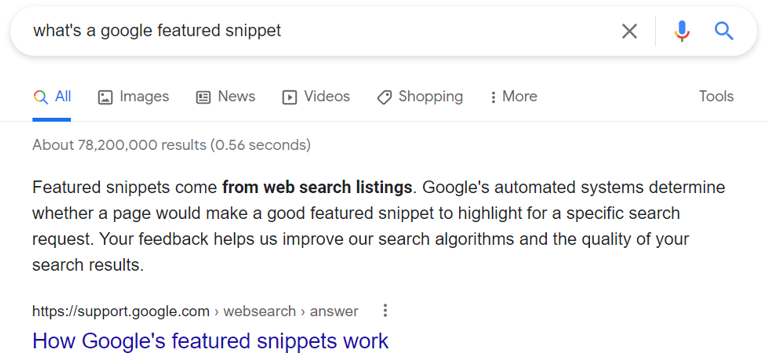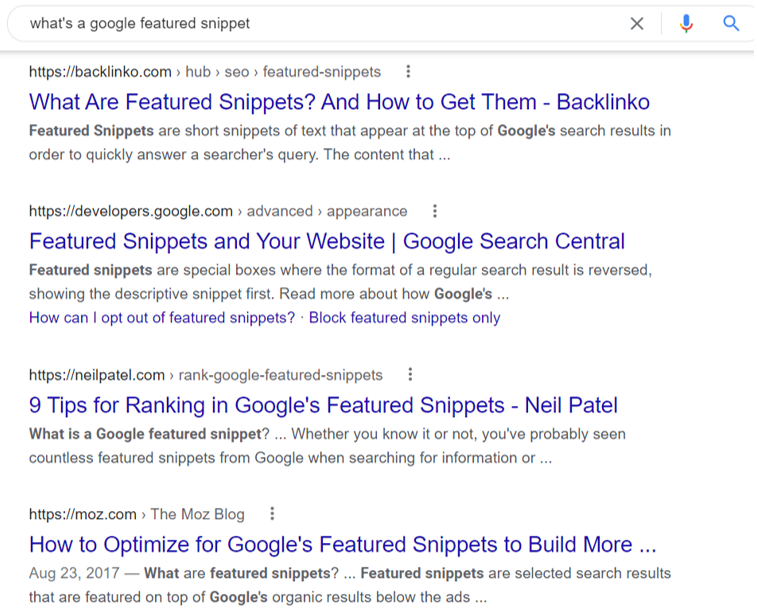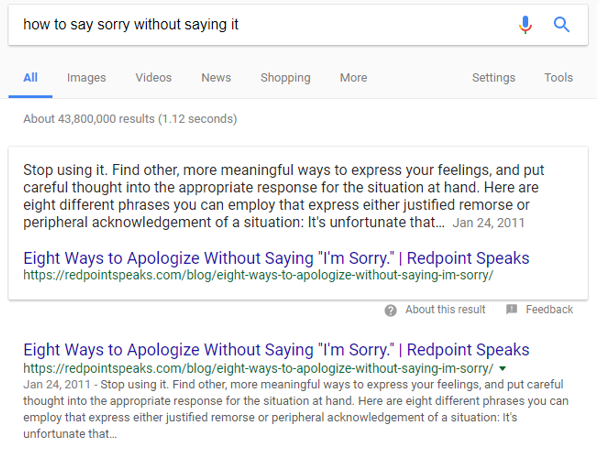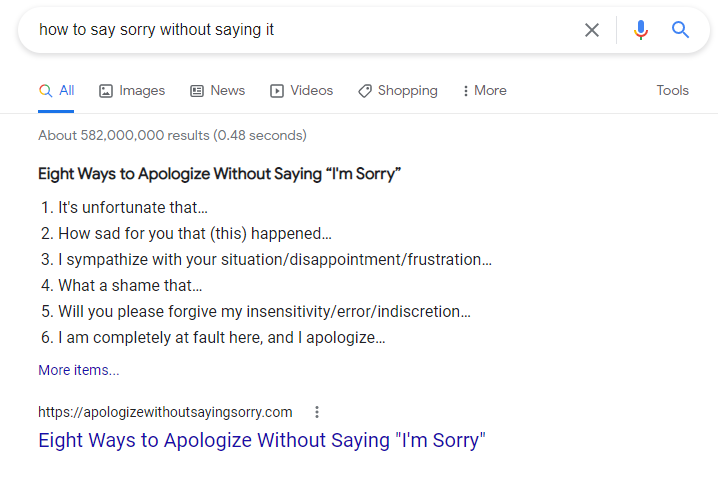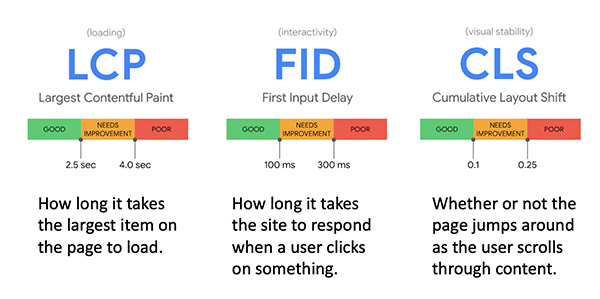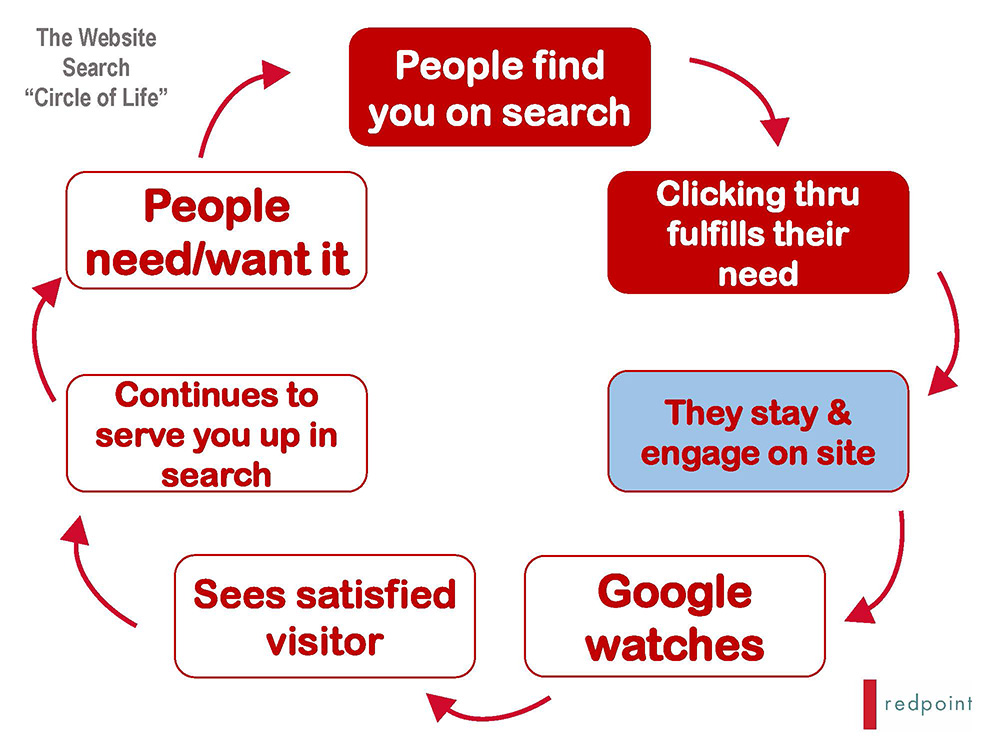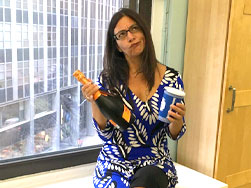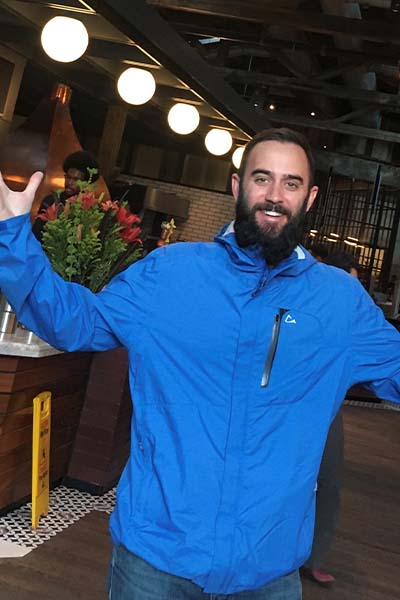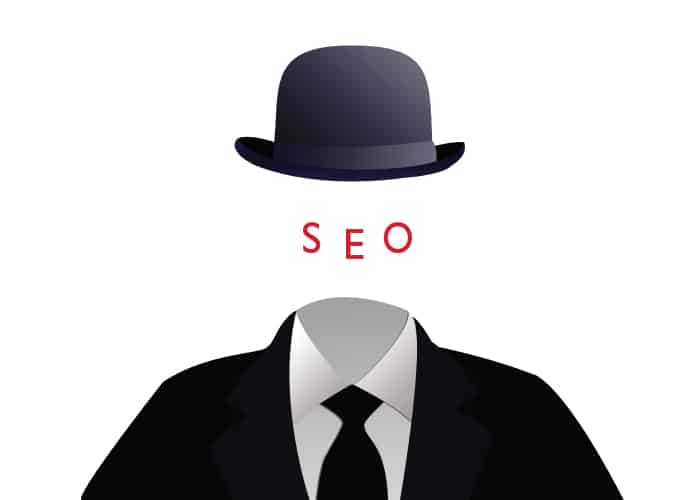
It may be less sexy than its flashier marketing cousins, but here’s why you should care deeply about SEO: it’s hands-down the unsung, invisible hero of digital marketing. If you’re not doing it consistently, you’re putting your business at risk.
This blog post is for all y’all who aren’t digital geeks and would love to understand – in plain ol’ English – what SEO is and why it’s important. So while the post looks long and scary, it’s actually a brisk read that paints a clear picture without using mind-numbing technical jargon.
SEO’s entire job is to lead buyers interested in what you offer (be it product, service, or just content) directly to your website. And when done effectively, your website will be found more frequently by these potential buyers…without you having to pay for ads to make it happen.
So what is SEO anyway? The formal and somewhat unhelpful definition by Oxford Dictionary defines Search Engine Optimization as “the process of maximizing the number of visitors to a particular website by ensuring that the site appears high on the list of results returned by a search engine.”
OK, that sounded jargon-y. A simpler way to think about it is this: SEO is a process you use to remove technical roadblocks between your target audience’s questions and your answers. Or…in even simpler terms than that: It’s creating content that’s interesting or helpful to humans, while making sure it’s able to be navigated and processed equally well by a machine like Google’s search engine. Note the difference in wording here, because humans and machines don’t necessarily “think” the same way. Humans want things to be “interesting and helpful” and machines want things they can “navigate and process.” Your website has to successfully satisfy the needs of both.
So why don’t all businesses – even ones with massive marketing departments – care deeply about SEO? Indeed they don’t, and that’s not an exaggeration on my part. During planning meetings with DIY and small in-house marketing departments, no one EVER asks us about SEO except when they’re building a new website… and even then it’s just a one-time item on the checklist (“make sure it has good SEO”).
And with the larger marketing departments, who have more resources to devote to such things, SEO gets a much lower emphasis (if any) than it deserves. In fact, most of the SEO specialists I’ve met share a common grievance: the discipline of SEO has so much marketing power, and yet it’s deeply neglected and undervalued in terms of what it can bring to the marketing table.
So why don’t people care as much as they should about SEO?
First of all, it’s a scary mouthful. Search Engine Optimization sounds like something you need a PhD to decipher. Search engines are mysterious enough…add in the word “optimization” and that’s just an extra layer of intimidation. Its cousin, Pay-Per-Click marketing (PPC), is so much easier for everyone to understand (you pay for every click you get, precisely as it says).
But marketers and other executives often overlook the power of SEO for other reasons, including:
- It’s misunderstood. SEO has multiple aspects to it (see below) and most folks are unfamiliar with all the facets involved. So often they think of it as one-dimensional and dismiss the bigger picture of its usefulness.
- It’s not a quick fix. SEO is a program, not a one-time task. And the results come as a groundswell over time, not usually as instant pops of excitement the way it would happen with PPC ads (you place the ad and boom… clicks start rolling in). You can see some quick pops of results if you’ve made some dramatic changes that impact SEO, but mostly, it’s slow and steady improvement over time.
- It’s invisible. Didn’t I just say earlier it’s less sexy than other marketing disciplines? SEO works behind the scenes, with multiple small, strategic changes that are largely unseen by the website user. Together, those often-invisible changes lead to a payoff, but it requires you to have faith in things you can’t see and can’t always directly track.
- It feels “harder.” So…it requires faith, patience, and a long-term effort with a delayed payoff? It’s no wonder so many marketing programs and budgets neglect SEO in favor of initiatives that deliver more instant gratification…even if those cost more.
But why should people care more deeply about SEO?
SEO is the practice of keeping your website healthy and attractive to search engines, like Google. And shouldn’t that practice be one of the top goals for any marketer? (Note, there are several search engines for use out there, but for brevity’s sake in this article, I’ll just say “Google” to represent them all.)
In more concrete terms, here’s why you should care:
- Healthy website = better results. Think of it like you would a health regimen for your body. Diet, exercise, sleep, and other maintenance actions keep your body healthy, and the payoff is that you can live a longer life with fewer restrictions and medical issues. SEO is like the diet/sleep/exercise health regimen for your website, but the payoff includes things like higher visibility in search engine results and more visitors to your website (without advertising payments for either of them).
- The results compound over time. If you keep up the regimen, you may not feel/see the results at first (ahem, just like dieting), but once your efforts start to make a difference, the groundswell begins. The more attractive your website becomes to Google for certain searches and keywords, the more Google offers it to people searching for those things. And the more people start to satisfactorily visit your website for those things, the more Google considers you attractive for them. This cycle keeps strengthening itself over time. It may take a little while to catch fire, but once it does…the results feel magical.
- It protects your overall marketing program. In the long run, the most successful marketing programs are ones with balance. It’s risky to put all your eggs in one basket – say, going “all in” on social media to the exclusion of email marketing – and this is particularly true when it comes to balancing your paid vs. unpaid marketing initiatives. If your website isn’t healthy enough to attract its own attention from Google without you paying for ads, then what happens when your budget needs to be cut? Bye bye clicks. You need that steady, solid foundation of organically-driven clicks to weather such budget fluctuations.
- It increases the ROI of your paid marketing. Without an effective SEO program, your website is bound to have many unhealthy aspects to it, from a user perspective. And yet, you’re spending the rest of your marketing budget to pay to draw people there. Every dollar you spend paying to send people to a less-than-healthy website risks sabotaging your overall marketing ROI. The discipline of SEO forces you to think about your website’s effectiveness and how it’s organized, and that helps improve its quality score for Google Ads by strengthening keyword themes. And SEO also forces you to focus on improving your website’s load time and page speed metrics (literally, the amount of time it takes for pages, images, etc. to load when someone tries to visit it), and this can help improve conversion rates no matter how a customer enters your website.
At Redpoint, we got a painful lesson in the extraordinary power of SEO when one of our blog posts became insanely attractive to Google for a particular (and apparently popular) set of keywords. As the post wasn’t related to our core business, that level of attention for the “wrong topic” was killing our marketing goals. In fact, we had to take the post down. See why we were sorry we wrote this blog post.
So what are the key aspects of “doing SEO?”
There’s a lot to unpack within a proper SEO strategy, but here’s a high-level summary of three key elements you’ll need to consider if you want to start making SEO a marketing priority.
- The quality of your website’s mechanics. Google cares (a lot) if your site is working smoothly. Because Google’s entire mission is essentially to provide users/searchers with the best possible results, that means it wants to deliver results that feature credible, effective, and appropriate websites. If your site is slow, takes too long to load for users, has broken links, has outdated and useless pages, and/or a host of other mechanical issues, then users don’t have a good experience when they land on it…and likely leave quickly. The more that happens, the more Google notices and says “hey… this website isn’t satisfying people who are searching for (these keywords), so let’s stop suggesting it as a relevant option when people search for that.” How does this hurt you? Imagine you’re a family friendly resort in California. And Google has been trained over time to learn that people searching for “family friendly resort in California” don’t have a good experience on your website…and so it stops suggesting you as a good result for that search. That would be bad for you.
- The relevance of your content. You’ve got to think of SEO like it’s a matching game. If you want people searching for “family friendly resort in California” to see your website high up in the search results, you’ve got to have specific and relevant content on your site that satisfies those keywords. Let’s say that phrase is just mentioned in passing on your home page, and there’s not a lot of rich content on your website that describes all the family friendly activities/amenities at your resort. Over time, Google will see that folks searching with those keywords who went to your site didn’t really find you to be all that “family friendly.” And so, over time, it stops suggesting you as a “good match” for those keywords. Yes, you might be IN the search results, but perhaps below 40 other family friendly resorts in California who have way more relevant content on their websites than you do.
- How good your website is at engaging visitors. Picture a brick-and-mortar retail clothing store, and you walk in to browse. If you walk in, look at the first display, and then leave… you’re not an “engaged customer.” But if you walk in and like what you see on that first display, you’ll move in further to explore the store. Maybe even try on some items. That definitely makes you an engaged customer, and them an engaging store. You need to think of your website in those terms. People will come into your website through a single page – whether the home page or an interior page. Once they land there…what makes them stick around and explore your site? Internal links to other pages, prominent and clear navigation, appealing imagery, pop-up windows, “you may also like…” content suggestions, and more… all are engagement tactics used by effective SEO programs to keep people on your website longer. And when Google sees that people who visit your website stay there for a while, that tells it that you’re satisfying your visitors with good, relevant content. It’s a mark in your favor with Google.
Each one of those three aspects requires strategy and constant maintenance. And those aren’t even ALL the aspects of SEO. There are so many different things you can do to make your website “more attractive to” (or, in geek-speak, “better optimized for”) Google, and a comprehensive SEO program should address multiple facets. Yes, it takes a while and it feels harder to do than just paying for clicks…but the payoff is worth it. Google will – without you paying for ads – suggest your website in the higher up in the search results to people who want to buy what you’re selling. And THAT is why you should care deeply about SEO.
And a final reminder tip: Don’t think of SEO as a one-time initiative. You are never “done” with SEO because everything is constantly evolving: your business, your competition, and Google’s algorithm (the mysterious formula it uses to decide what order to rank websites in search results). So – just like dieting – forget the quick fix in favor of a slow-and-steady program and you’ll see a more effective (and lasting) payoff.
 get travel marketing tips
get travel marketing tips 
